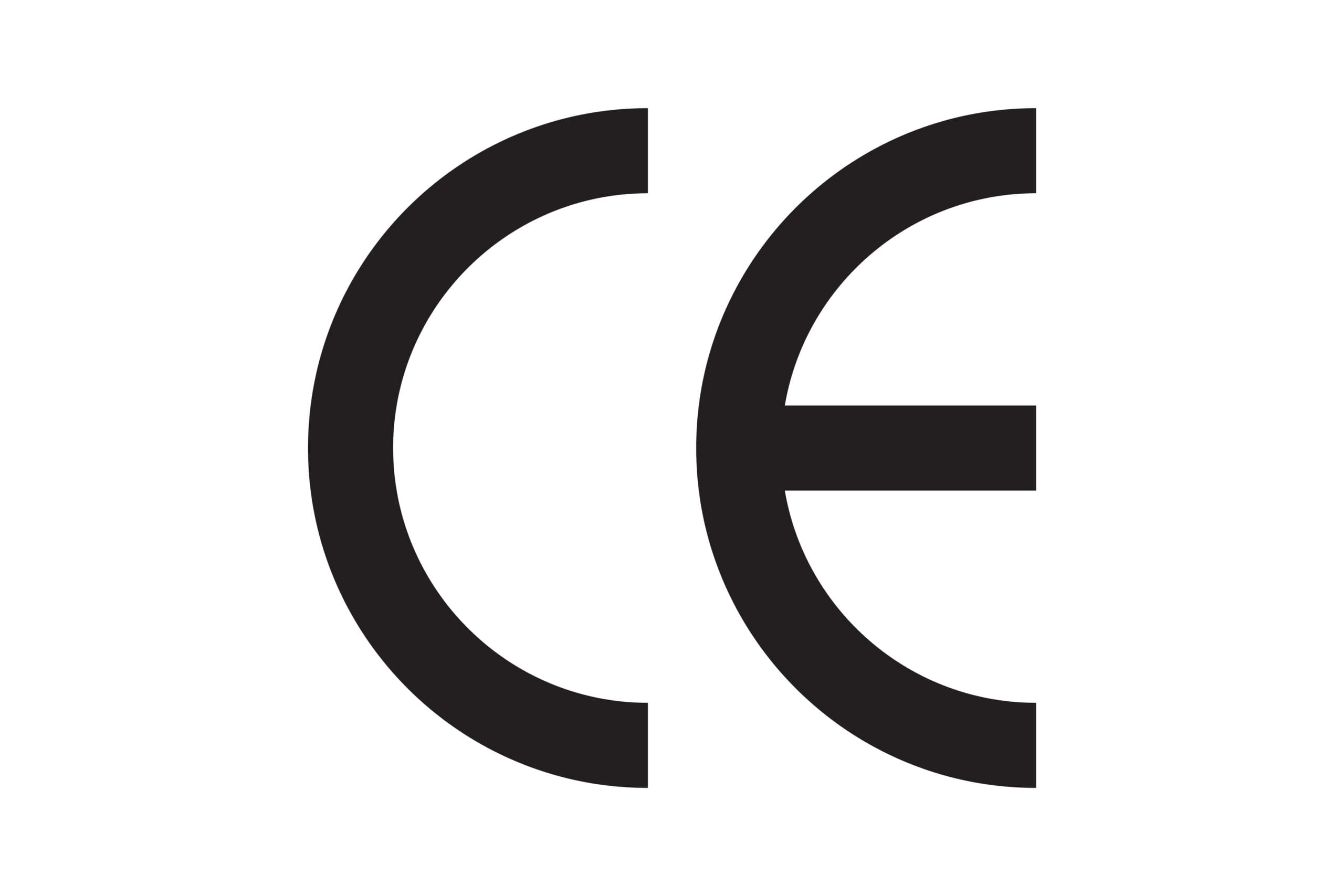Why the CE Mark Really Matters for Passive Fire Protection (PFP)
If you specify, buy, or install passive fire protection, the CE mark isn’t a sticker, it’s your first line of evidence. It links a product to independently assessed performance, a Declaration of Performance (DoP), factory production control, and an agreed, Europe-wide test/classification language under the Construction Products Regulation (CPR 305/2011). For PFP, where lives and liability are on the line, that chain of proof is essential.
CE marking in a nutshell (for construction products)
Under the CPR, a construction product that’s covered by a harmonised European standard (hEN) or by a European Technical Assessment (ETA) must have:
- A Declaration of Performance (DoP) describing performance against relevant essential characteristics (e.g., fire resistance EI), and
- The CE mark, showing the route to conformity and the Notified Body involved (where required).
Many PFP products (e.g., penetration seals, collars, wraps, mortars, sealants) don’t yet have an hEN, so manufacturers use the ETA/EAD route. An ETA enables a product to be CE-marked across the EU/EEA based on agreed-upon assessment methods outlined in a European Assessment Document (EAD).
Behind the label, you’ll also find AVCP (Assessment & Verification of Constancy of Performance). For most PFP, this typically means System 1/1+, a Notified Body audits factory production control and issues a certificate of constancy of performance. Translation: independent oversight, not self-declaration.
Why this matters specifically for passive fire protection
1) A common technical language you can trust.
CE marking anchors PFP claims to test methods and classifications (e.g., EN 1366 testing; EN 13501-2 classification, like EI 60 / EI 120). It makes performance comparable across brands and markets, and it reduces ambiguity in specifications, submittals, and site sign-off.
2) System-specific evidence.
The CPR/ETA route supports application-based testing—e.g., a pipe/cable type in a certain substrate, annulus, and installation detail—so the performance you specify is the performance you can build. That alignment is essential in PFP, where “similar” is not “the same”.
3) End-to-end traceability.
CE marking + DoP + NB certification supports the UK’s “Golden Thread” culture of capturing and retaining safety-critical information through design, build, and occupation. When drawings meet the real world, you need documents that stand up to scrutiny—today and years from now.
CE vs UKCA in Great Britain (current position)
For construction products in Great Britain, CE marking continues to be recognised beyond 30 June 2025. UKCA remains valid too, and the UK government has signalled a minimum two-year transition for any future change to CE recognition. (Northern Ireland continues to follow the EU regime.) Always check the latest government guidance, but as of recent statements, CE remains accepted in GB for construction products.
What to check on a CE-marked PFP product
Use this quick checklist when reviewing submittals or buying decisions:
- DoP availability – Is the DoP readily accessible (PDF or web link)? Does it list the intended use, essential characteristics, and declared performance (e.g., EI 60/EI 120)?
- ETA/EAD or hEN reference – If no hEN exists, is there a valid ETA? Does the scope match your scenario (substrate, seal type, service type/sizes, orientation)?
- AVCP/Notified Body – For PFP, look for System 1/1+ with a Notified Body number and a current certificate of constancy of performance.
- Classification report – Check EN 13501-2 classification and underlying test reports (e.g., EN 1366 series). Are the installation parameters (annulus, seal depth, backing, density) consistent with your detail?
- Factory Production Control (FPC) – Confirm the product is manufactured under audited FPC; this underpins consistency over time.
- Instructions and limitations – Ensure the installation guide covers your use case (e.g., flexible vs rigid walls, floors, CLT; single-sided access; specific pipe/cable families). “Close enough” is not compliant.
How this plays out on site
- Specifiers: CE-marked PFP with a clear DoP/ETA and classification enables you to write precise specifications that align with real site conditions and inspections.
- Contractors/Installers: Application-specific approvals reduce rework and RFIs, and speed up sign-off because the evidence matches the detail.
- Building Owners/Operators: Documented, traceable systems support the Golden Thread, simplify future maintenance, and reduce lifecycle risk.
Protecta (Polyseam): innovation + real-world testing, documented
As a true manufacturer, Polyseam designs, makes and continually tests Protecta systems to reflect the real installations you face—mixed services, tight annuli, single-sided access, raised access floors, roof membranes, and more. We pursue system-specific approvals (ETAs/UKTAs), maintain rigorous FPC, and publish DoPs and installation instructions you can rely on across design, construction, and handover.
Practical steps to de-risk your next project
- Ask for the DoP and ETA early. Build them into submittal schedules and approvals.
- Match the detail to the evidence. Verify substrate, annulus, service types/sizes, and orientation against the classification pages.
- Lock in AVCP and traceability. Keep NB certificates and drawing references within your project’s Golden Thread records.
- Train the team. The best evidence fails if the installation deviates; align toolbox talks with the specific approval.
- Maintenance plan. Keep labels, photos, and product documents together so repairs and future work use the same tested system.
Bottom line
CE marking under the CPR isn’t red tape, it’s the evidence trail that proves your firestopping will perform when it matters. For passive fire protection, insist on CE-marked, ETA-backed, AVCP-audited systems with a clear DoP and installation method that matches your detail. That’s how you protect people, manage liability, and deliver compliant buildings—first time.
Need product DoPs, ETAs, UKTAs or installation guidance?
Visit protecta.co.uk or contact technical@polyseam.com for project support.


